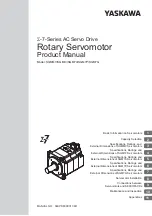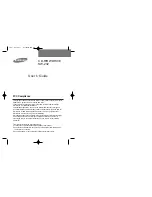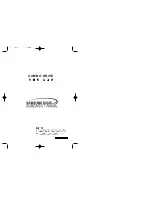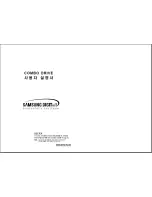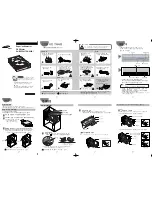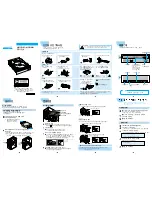
The informal name for the fourth-generation version of the IBM Ultrium Tape Drive. The Generation 4 drive has a native storage capacity of up to 800 GB per
cartridge and a native sustained data transfer rate of 135 MB per second.
Generation 5
The informal name for the fifth-generation version of the IBM Ultrium Tape Drive. The Generation 5 drive has a native storage capacity of up to 1500 GB per
cartridge and a native sustained data transfer rate of 140 MB per second.
Generation 6
The informal name for the sixth-generation version of the IBM Ultrium Tape Drive. The Generation 6 drive has a native storage capacity of up to 2500 GB per
cartridge and a native sustained data transfer rate of 160 MB per second.
Generation 7
The informal name for the seventh-generation version of the IBM Ultrium Tape Drive. The Generation 7 drive has a native storage capacity of up to 6000 GB per
cartridge and a native sustained data transfer rate of 300 MB per second.
Generation 8
The informal name for the eighth-generation version of the IBM Ultrium Tape Drive. The Generation 8 drive has a native storage capacity of up to 12 TB per cartridge
and a native sustained data transfer rate of 300 MB per second.
Generation 9
The informal name for the ninth-generation version of the IBM Ultrium Tape Drive. The Generation 9 drive has a native storage capacity of up to 18 TB per cartridge
and a native sustained data transfer rate of 300 MB per second.
gigabit (Gbit)
1 000 000 000 bits.
gigabyte (GB)
1 000 000 000 bytes.
Gigabit Interface Converter (GBIC)
Converts copper interface to optic interface.
gnd
Ground.
H
hertz (Hz)
Unit of frequency. One hertz equals one cycle per second.
hex
Hexadecimal.
High Voltage Differential (HVD)
A logic-signaling system that enables data communication between a supported host and the library. HVD signaling uses a paired plus and minus signal level to
reduce the effects of noise on the SCSI bus. Any noise that is injected into the signal is present in both a plus and minus state, and is canceled. Synonymous with
differential.
HVD
SCSI Bus High Voltage Differential
Hz
Hertz (cycles per second).
I
IBM Spectrum Archive
Formerly known as Linear Tape File System (LTFS). A file system that works with LTO Generation tape technology to access data stored on an IBM tape cartridge.
IBM Ultrium Tape Drive
Located within the library, a data-storage device that controls the movement of the magnetic tape in an IBM LTO Ultrium Tape Cartridge. The drive houses the
mechanism (drive head) that reads and writes data to the tape.
ID
Identifier.
identifier (ID)
(1) In programming languages, a lexical unit that names a language object; for example, the names of variables, arrays, records, labels, or procedures. An identifier
usually consists of a letter optionally followed by letters, digits, or other characters. (2) One or more characters that are used to identify or name data element and
possibly to indicate certain properties of that data element. (3) A sequence of bits or characters that identifies a program, device, or system to another program,
device, or system.
IML
Initial microprogram load.
initial microprogram load (IML)
The action of loading a microprogram from an external storage to writable control storage.
initiator
The component that runs a command. The initiator can be the host system or the tape control unit.
INST
Installation.
interface
A shared boundary. An interface might be a hardware component to link two devices or it might be a portion of storage or registers accessed by two or more
computer programs.
interposer
The part that is used to convert a 68-pin connector to a 50-pin D-shell connector.
intervention required
Manual action is needed.
INTRO
Introduction.
I/O
Input/output.
IOP
Input/output processor.
IPL
Initial program load.
IBM TS22xx - TS2290, TS2280, and TS2270
77

































